
Şalom, the Longest-lived Newspaper of the Turkish Jewish Press, Owns a Record that can be Renewed Only by Itself
We went on a historical journey with Naim A. Güleryüz, who had set off with the belief that Şalom which Avram Leyon had established, should also live after Leyon, and who selflessly engaged in the founding of the new Şalom.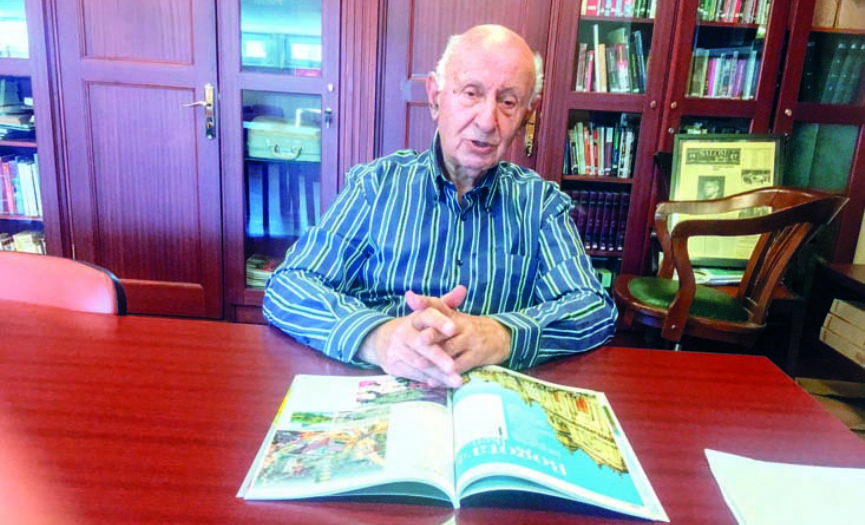
Translation by Janet MITRANI
How did your interest in journalism begin?
In 1951, just when I had started university, I became interested in the social issues and problems of the youth with the invitation of one of my elders I knew from high school.
The experienced journalist Moşe Levi Belman, whom I met at that time, must have seen my interest because he invited me to write Turkish articles for the La Boz newspaper he had just started to publish in Judeo Spanish [Ladino]. As a result, I had a weekly column where I wrote on various subjects, but especially about the history and the activities of the [community] charities.
Could you summarize how you first met Şalom?
Meanwhile, I had met Avram Leyon and embraced his "A lo tuerto tuerto i a lo dereço dereço" aphorism and his criticizing approach within the framework of laws and ethical rules. On August 6th, 1953, I published my first article in Şalom explaining the purpose and program of the Istanbul Culture and Sports Association that we had established with young friends in July 1953. Our first work together lasted until February 1954.
In 1955-56, my research and articles on 'weekly movie news, films, their topics and reviews' were regularly published in the weekly supplement Istanbul'un Sesi [The Voice of Istanbul] of the afternoon newspaper Istanbul Ekspres [Istanbul Express]. In 1957, I continued my articles on the activities and expectations of our community institutions, in the Haftanın Sesi [The Voice of the Week] newspaper of the late Robert Sezer which was being published entirely in Turkish.
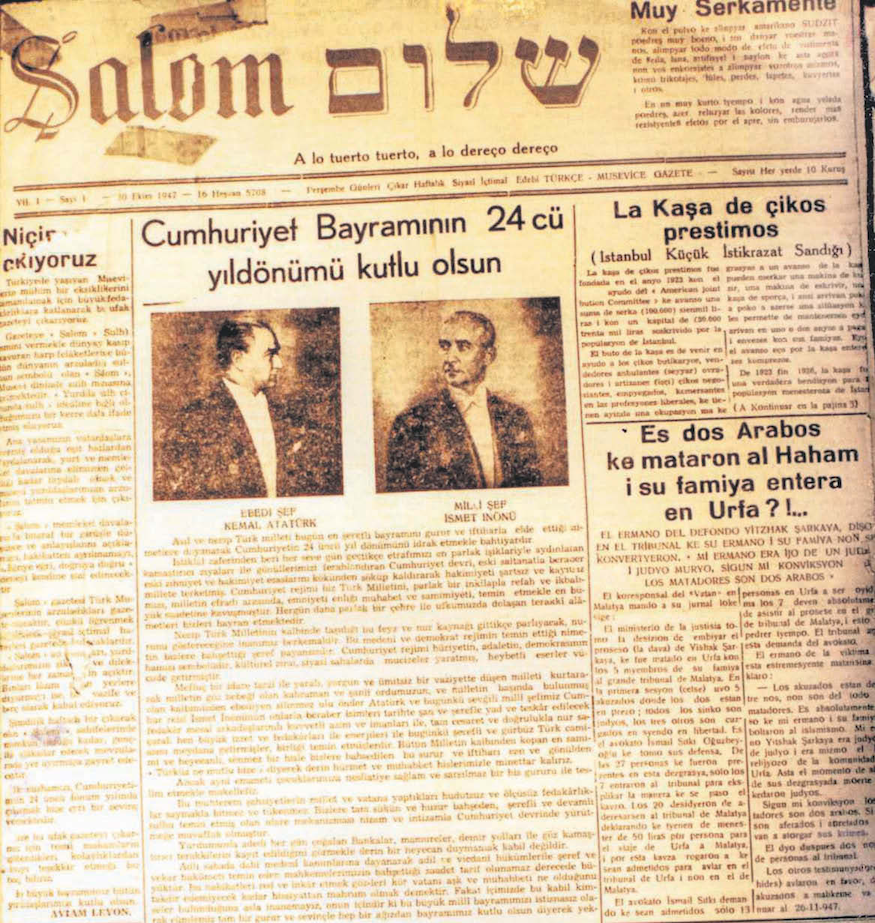
The first issue of Şalom Newspaper - 1947
Could you tell us a little about the transition period [of Şalom] when Avram Leyon got sick and handed over the newspaper?
I was deeply shaken by the bitter news of Avram Leyon's illness. At that time, unfortunately, the printing of the paper had started to waver. The last issue of Şalom's first period is dated December 28th, 1983. In my opinion, even if it was not read enough, I believed that this only newspaper of the Turkish Jewish community had to continue. The run had to go on.
I took the issue to the Chief Rabbinate Honorary Advisory Board. After detailed discussions, the idea was accepted, and the project of the newspaper being taken over by an incorporated company to be established for this purpose was entrusted to me. The legal basis of this new structure was prepared by Prof. Selim Kaneti.
On a snowy and icy Thursday night on January 19th, 1984, Avram Leyon, in the presence of a notary public, transferred "Şalom's right of concession, name, and right to publish, with all its rights and obligations" to Gözlem Journalism Press and Publication AŞ, that was in the establishment phase. It was committed to Leyon that "as long as the newspaper was published, his name would be stated as the founder, and as long as he continued his articles he would stay as the editor-in-chief of the newspaper". Avram Leyon's last article in Şalom is his short article [in Ladino] titled El Şalom Entro en 38.en Anyo, bearing congratulations and good wishes for the 37th establishment anniversary of the newspaper.
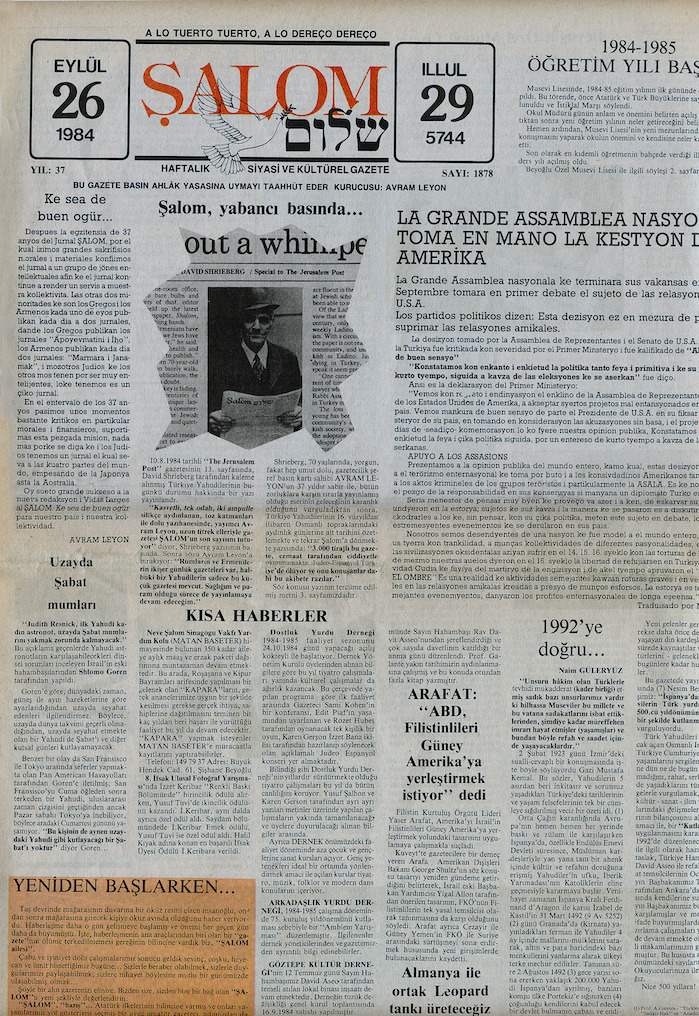
The first issue of the new Şalom -1984
How was Şalom's new team formed?
In the Honorary Advisory Board, should the project be realized, I was entrusted with the planning and publishing support of the newspaper. Reserving one page for Ladino, in order to continue the tradition and to maintain information contact with the Sephardic communities in other countries, we got to work for a newspaper that would be published entirely in Turkish. As a result of late Yakup Berouh's connections, to determine the volunteer staff who could physically undertake a weekly periodical, closer to the probable average age, Leon Haleva agreed to act as the newspaper's executive editor.
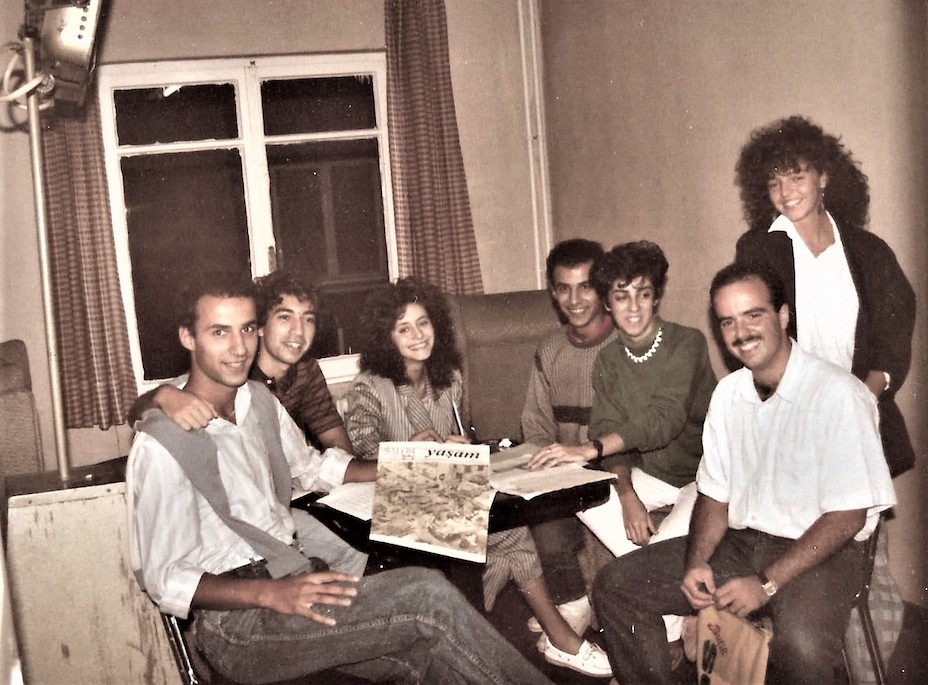
''Yaşam (Life)'' team: Demir Güleryüz, David Çukran, Gül V. Molinas, Emir Güleryüz, Sibel K. Benmayor, Albert Benardete, (standing up) Rakel P. Meşulam
Leon also determined his colleagues himself: Jako Molinas, Süzet Sidi, Yakup Bensason, and İgal Desevilya. As the editor-in-chief, Suzet Sidi was addressing her readers in line with the general policy of the newspaper.
The first issue of Şalom, of which I carried out the consultancy for four years between 1984 and 1988, with its new identity and format, was published on September 26th, 1984, as Year 37 / Issue 1878, in the framework of the continuance of the establishment. The mission was accomplished, Şalom was saved.
There was great interest in the Turkish and the rejuvenated newspaper. Especially young girls and boys apt to write showered the paper with articles. Gradually domestic news, world news, guest relations, administrative affairs, accounting, etc. departments were formed. Everyone was given a chance within the scope of Şalom's distinct publishing philosophy and possibilities. In my words, which I rather liked in those days, Şalom served as a 'School of Publishing' or a 'Publishing Workshop'. The well-known writers of our day such as Mario Levi, Lizi Behmoaras, Ishak Reyna, Rina Eskenazi, etc. were being featured in the new Şalom's columns then.
With my article titled 'Towards 1992' published in the first issue, I explained the purpose and the probable program of the Quincentennial Celebration Program. Then every week I tried to analyze one topic of the history and life of the Turkish Jews. My column 'The History of Turkish Jews' that I had started on April 17th, 1985, lasted regularly for 99 weeks until January 20th, 1988. Later they were summarized as a weekly serial in Milliyet newspaper, and they formed the basis for my first and other research books.
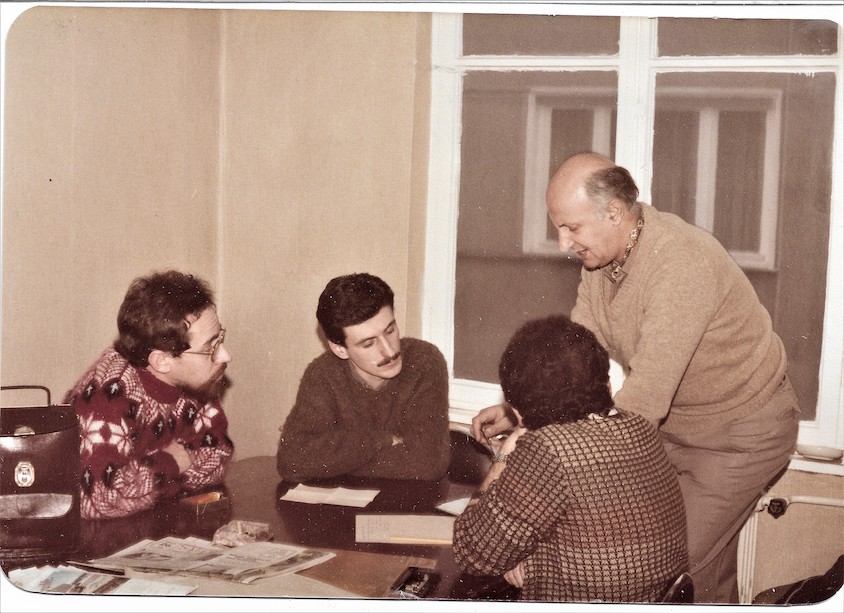
Mario Levi, İsak Reyna, and Naim Güleryüz
During the period when you published the newspaper, you witnessed and reflected on very important events, especially for the Turkish Jewish Community... The 1986 Neve Shalom [Synagogue] attack is the first one that comes to mind... We are talking about a time when there were no social media, no internet... What did you go through? Which one was the hardest for you?
The bomb attack at the Neve Shalom Synagogue on Saturday, September 6th, 1986, was a great shock for all our community. It was impossible and unreasonable to sit down and form a newspaper without knowing the formation, details, and development of the incident. We agreed not to publish the newspaper that week. All the members of our team followed the incident. Some reached the families of the victims and visited the wounded people at the hospital, sharing their pain; some tried to put together the domestic comments of this attack, which had been unique in our country; some talked to many visitors coming from abroad; some covered the funeral. In short, everyone fulfilled their duty with dedication.
When we met at the newspaper [office] at the end of the week, all the accumulated information was analyzed, evaluated, and put in order. Şalom's historical issue with well-rounded content that reflected the incident with all its details, was published on September 17th, 1986.
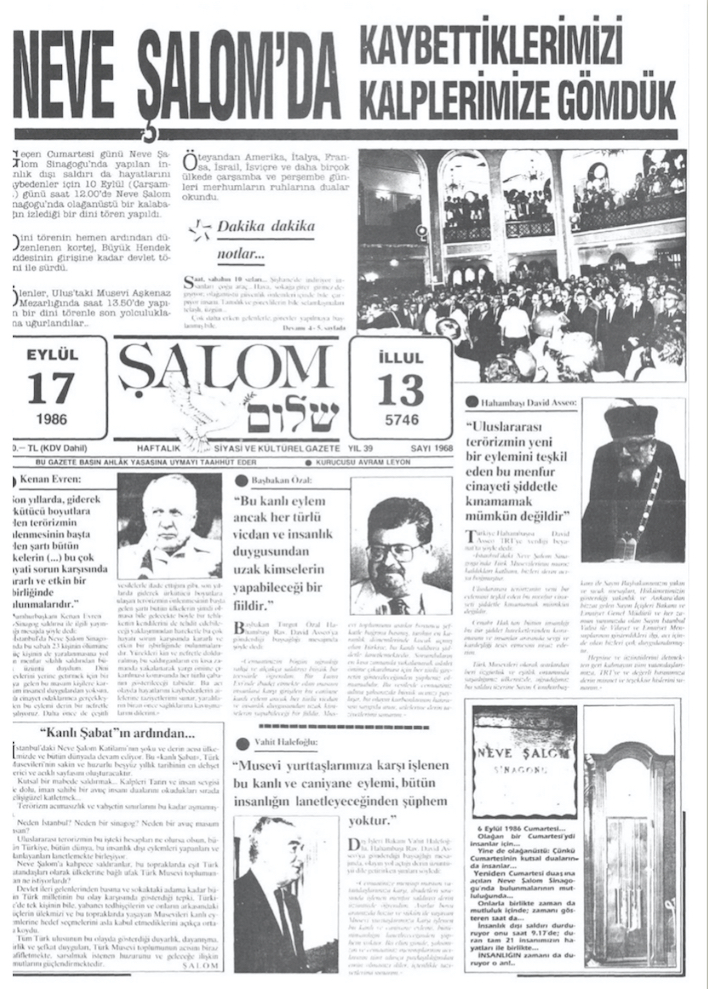 The special issue after the Neve Shalom Synagogue attack
The special issue after the Neve Shalom Synagogue attack
What do you see when you look at today's Şalom?
When I look at Şalom, I see a high jump champion breaking records continuously. The new Şalom, sprouted from the determination of the first core staff, with all its talented staff of editors and writers (it's impossible for me to list each and every one of their names), has long exceeded the imagined bar and has become an institutional monument. The longest-lived newspaper of the Turkish Jewish Press, Şalom, 75 years after its establishment, 38 years after its new format, shedding light on both today and the history, with its content of usually 16, sometimes 28, and even 32-pages-long, owns a record that can be renewed only by itself.
And I dream: Besides its social media accounts, YouTube TV channel, and English publications, someday in the future, can Şalom become a daily or at least twice-a-week newspaper?
Related News










